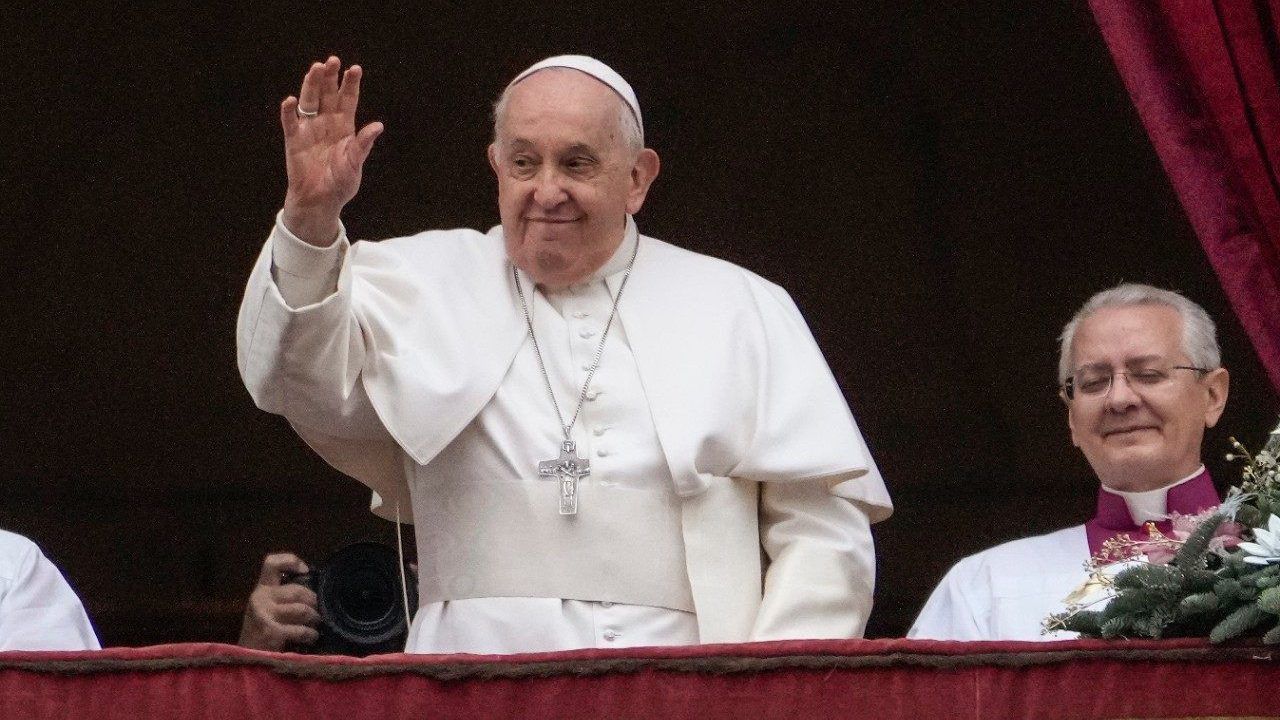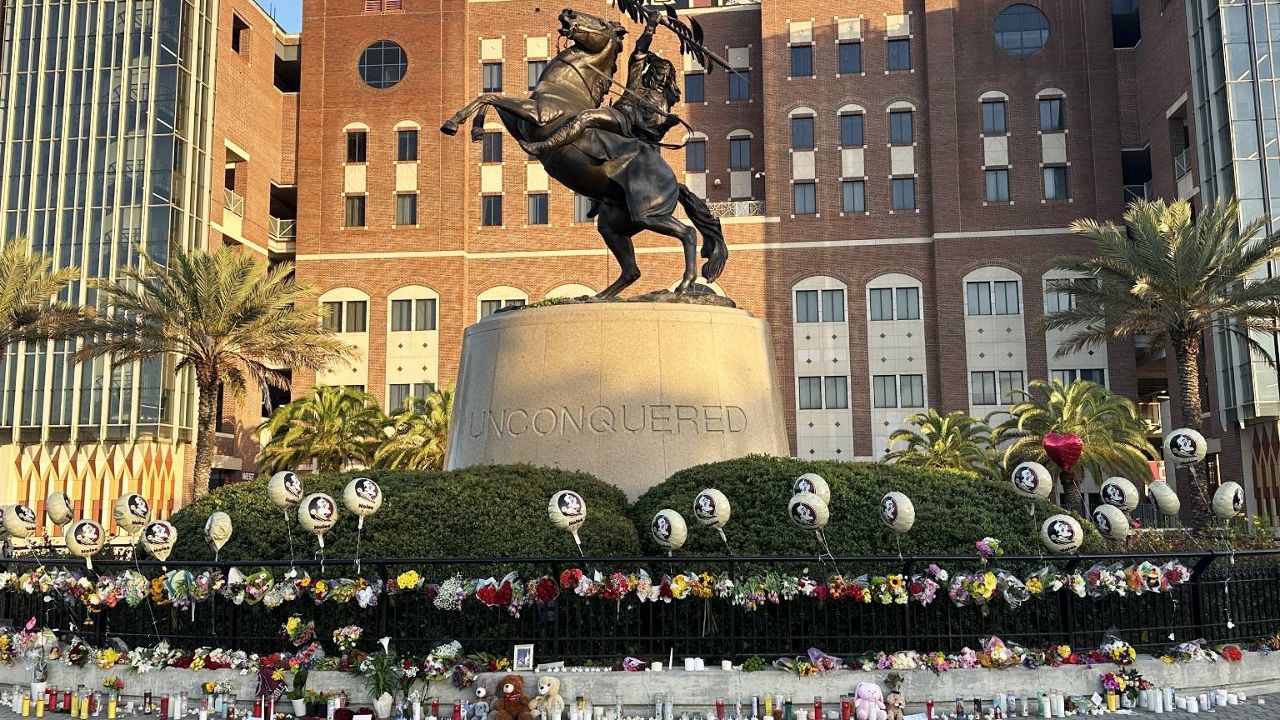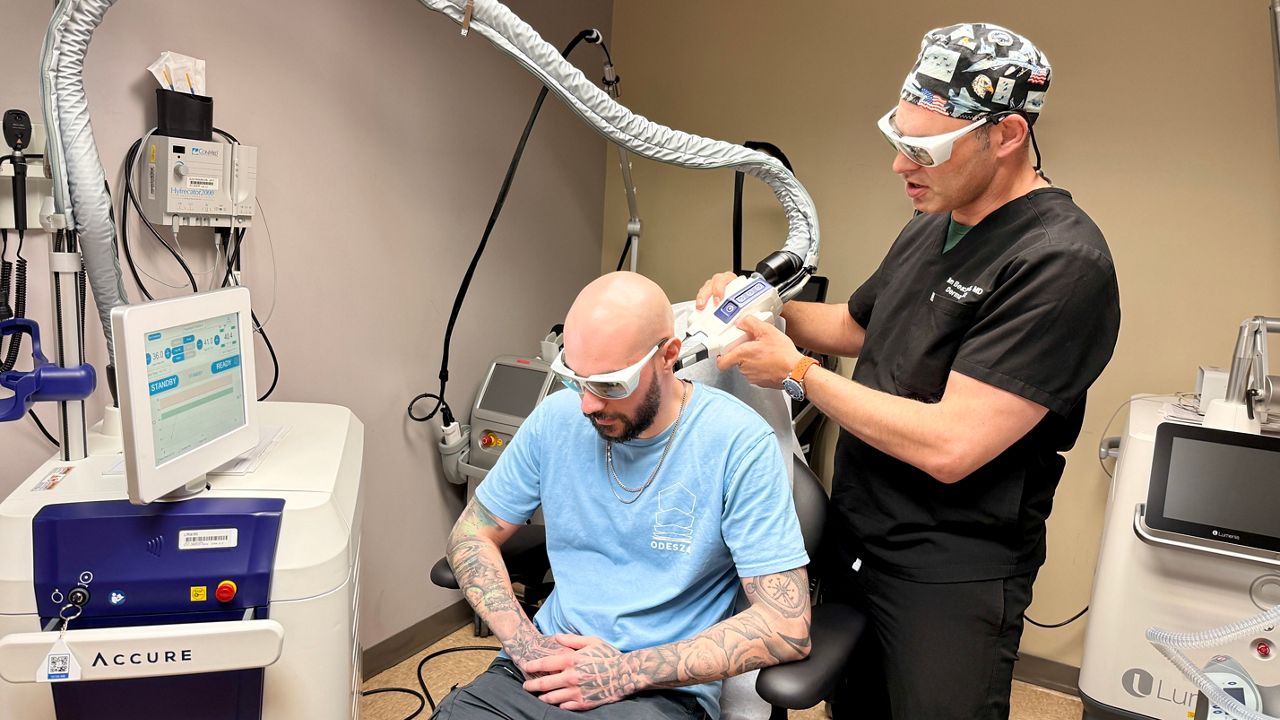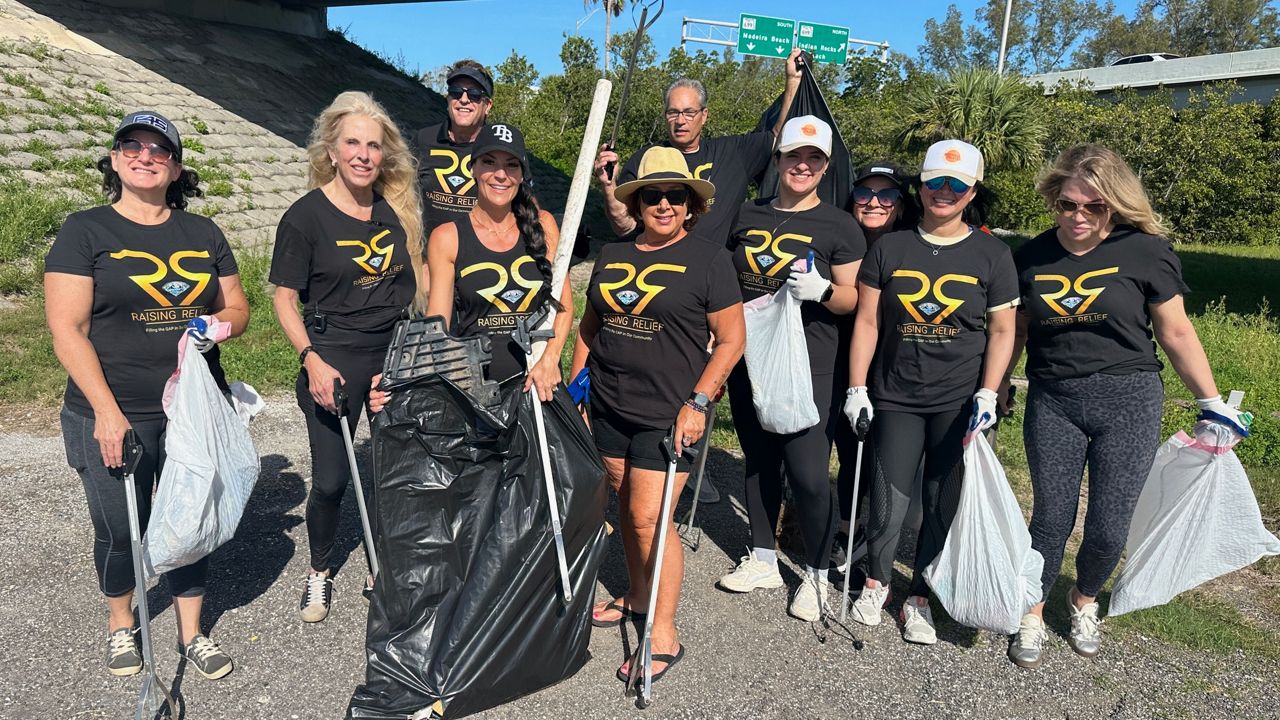TAMPA, Fla. — In the last five years, the state of Florida has seen a rise in reports of erased African American cemeteries. Many attribute the conversation surrounding these lost cemeteries to discoveries made in the Tampa Bay area.
One of the main questions that come up: how did this happen in the first place?
Anthropologist Dr. Antoinette Jackson says she doesn’t have to see the graves to know there are likely bodies at the site of Tropicana Field in St. Petersburg, where the Tampa Bay Rays play.
“Interesting thing about this is it’s where Oaklawn Cemetery is located — or had been located — from 1906. Starting in 1906, this whole parking lot was a cemetery,” she said.
Orange cones are scattered in this lot used for game day parking, but Jackson says the lot holds much more meaning.
“Land that is sacred. Land that was used for, at one point, that was used for the burial and recognition of the lives lived by everyday people in St. Pete,” Jackson said. “We don’t know what happened to them.”
Three cemeteries were located in this area.
“Evergreen Cemetery, which was over that way, was a historically African American cemetery. Predominantly Black cemetery, segregated cemetery,” Jackson said. “Moffitt started out as a veteran’s cemetery, and then it was a predominantly Black one. Oaklawn was separated by race, which is this whole parking lot area.
The bodies from those cemeteries were said to be relocated more than a hundred years ago, but Jackson has her doubts.
“The reality is that when they built in 1949, they built an apartment complex. It was called Royal Palm Apartment Complex. At that time during construction for that complex, they found bodies. Obviously, they hadn’t moved all the bodies,” she said.
Curiosity has led to research. Jackson heads a team at the University of South Florida, looking into the “forgotten” African American cemeteries.
“These cemeteries were during the U.S. period of racial segregation, so Black folks were usually buried in separate cemeteries than whites and Black cemeteries were considered marginal in relation to white cemeteries,” Jackson said.
Her team created the Black Cemeteries Network, where people report historic and forgotten African American burial grounds all over the country.
It’s a list that continues to grow. In Florida alone, there have been reports at an Air Force base, schools and businesses.
Thousands of graves have been discovered, including the burials on a Clearwater school’s property, near where 3C Society President Diane Stephens grew up. Stephens says she was born after the cemetery was gone and the bodies were said to be moved.
But she says that’s not what she saw.
“Over here is where we would play, but you would see bones coming up,” Stephens said, standing where the cemetery is located. “So, the teachers would just have you go somewhere else, and they would take care of it. We would come back out and they were no longer there.”
Ground penetrating radar confirmed what Stephens said she and so many others already suspected — human remains were found on the grounds.
“It makes me mad really. How could people disrespect people and disregard people? Here, we’re supposed to hold human life, we’re supposed to hold it to the utmost, and yet we can disregard a person or treat them like that because of the color of their skin? That’s an injustice,” she said.
The descendants of people buried there formed a nonprofit call the 3C Society, or the “Clearwater Colored Cemetery,” to raise awareness about the issue and try to right the wrongs of what happened.
So far, they’ve gotten a plaque that honors the lives of their loved ones, but Stephens said they deserve so much more.
“We said that this is not enough for the injustice they’ve done to our people, and they keep doing it,” she said.
Barbara Sorey-Love agrees. She grew up in Clearwater and witnessed archaeologists confirm the graves at this site, as well as a business property nearby. She’s part of a group who would like to see one large main burial site.
“There are a total of maybe 525 graves that are either under the building or either under Missouri Avenue,” Sorey-Love said. “For us, we’ve asked for the graves to be dug up, the remains to be dug up and brought over here. So that’s what we’ve asked for initially.”
While residents and descendants wait for word about the next steps they’re making sure this land is treated with respect from now on, picking up trash and making promises they intend to keep.
Meanwhile, Jackson and her team’s research continues.
“We have names, occupations, when they died, who they were,” she said. “So that’s going to make it easier to recognize and memorialize and harder to ignore, we’re hoping.”
A grave injustice she’s hoping will be made right.









